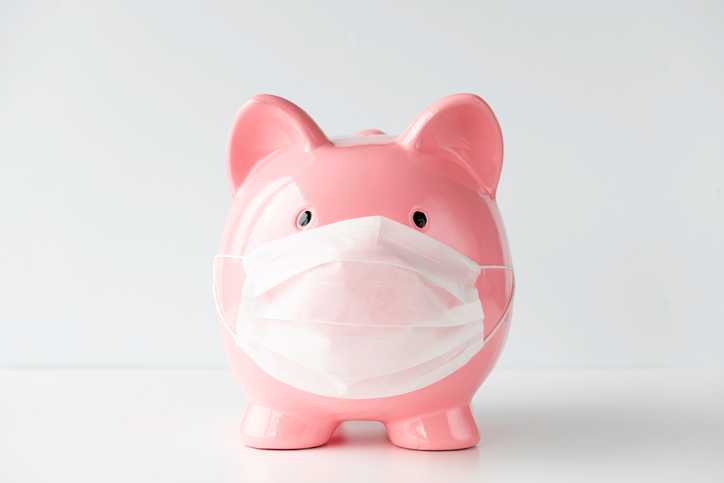5 Quick Steps to Build an Emergency Fund
An emergency fund can be your financial safety net. Whether you’re faced with an unexpected medical bill or a sudden job loss, an emergency fund helps you avoid going into debt or taking on more credit than you can manage. For many people, building and maintaining an emergency fund can feel overwhelming. Let’s break it down into 5 simple steps to get yours up and running.

1. Start by setting a goal
Start by setting a realistic initial goal, like $500. Once you reach this milestone, aim for one month’s worth of essential expenses and then gradually build up to three to six months. Having this buffer helps ensure that you can cover necessities like rent, groceries, and bills during a crisis. Just remember to prioritize paying off your high-interest debt when allocating a certain amount to your emergency fund.
2. Automate your savings
One of the best ways to build an emergency fund is through automation. You can set up automatic transfers from your checking account or directly from your paycheck to a designated emergency savings account. Start small and automatically transfer $25-$50 per paycheck, and then increase it as your budget allows. Or, start with something a little bigger, like $200 per paycheck, to get a larger base for your emergency fund, and then reduce the amount if needed.
3. Choose the right account
Your emergency fund should be easily accessible but not too tempting to dip into. Consider a high-yield savings account, which typically earns you more interest than a standard savings account. A high-yield savings account through Upgrade, for example, earns an exceptional Annual Percentage Yield (APY) and can grow your savings faster than a traditional savings account. You may also want to avoid keeping your emergency fund in investments that are subject to market fluctuations.
4. Only use for emergencies
It’s crucial to set clear boundaries for what constitutes an emergency to you. An emergency is an unexpected expense that, if left unpaid, would significantly impact your wellbeing, such as car repairs or sudden medical costs. Using the fund for planned expenses or non-essential purchases will quickly deplete your hard-earned savings. Set clear guidelines for yourself so you aren’t tempted to spend your emergency fund on something that isn’t a true emergency.
5. Rebuild as necessary
After using your emergency fund, make it a priority to rebuild it as soon as possible. Consider allocating a portion of your budget to replenish it after each use so you’re never caught off guard in the event of another emergency.
Building and maintaining an emergency fund is one of the smartest financial decisions you can make. It helps reduce stress, provides financial security, and helps you avoid taking on high-interest debt when life throws you a curveball. Learn more about opening a high-yield savings account through Upgrade and start your emergency fund today.


